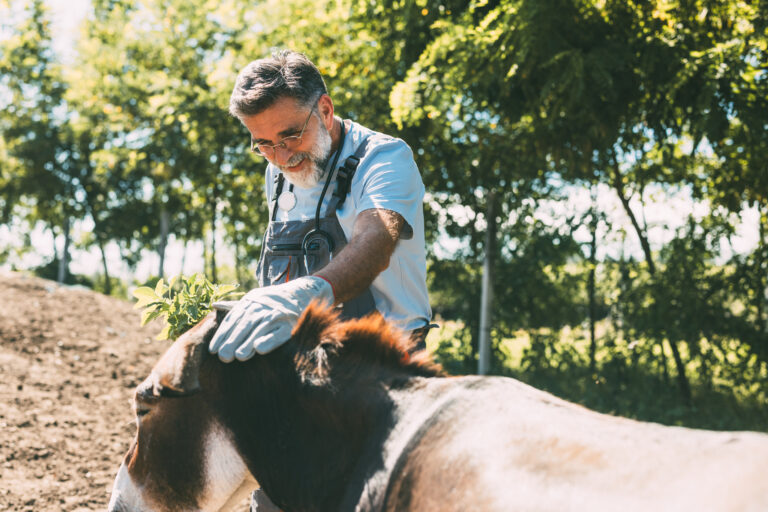
In an effort to diminish the use of antimicrobials for treatment of bacterial infections, a study evaluated an ancient remedy—honey—to determine its usefulness in wound management. The study especially looked at the role of medical grade honey in managing wounds infected with methicillin-resistant Staph aureus (MRSA) [Adinortey, C.A.; Wilson, M.; Kwofie, S.K. Honey as a Natural Product Worth of Re-Consideration in Treating MRSA Wound Infections. The Global Antimicrobial Resistance Epidemic May 2022; DOI: 10.5772/intechopen.104219].
About Medical Grade Honey
Medical grade honey (MGH or Manuka honey) has several antibacterial properties that interrupt bacterial cell cycles and division. Its high sugar content inhibits microbial growth, and its biofilms sequester water molecules that bacteria need for growth. In addition, hydrogen peroxide is released through the action of glucose-oxidase present in honey, which is activated in exudate.
Non-healing wounds treated unsuccessfully with a number of antimicrobials have a good track record of responding to treatment with MGH. Wounds infected with MRSA benefit from treatment with MGH. A synergistic effect occurs when MGH is combined with tetracycline, oxacillin, imipenem, mupirocin and possibly rifampicin.
Take-Home Message
The authors concluded, “Staphylococcus aureus strains appear unable to develop resistance to MGH such as Manuka honey and Medihoney (a commercial formulation of Manuka honey) when exposed to various concentrations. MGH therefore offers a promising alternative for topical use in wound dressings, both as a single multi-component agent as well as in combination with antibiotics.”
Studies with MGH-based dressings show that they create a moist, anti-inflammatory wound environment while also promoting angiogenesis and re-epithelialization of the wound. Wound odor is also neutralized. Commercial MGH-based wound dressings are less messy than honey ointment, and they accomplish the same objective of controlling difficult infections.




